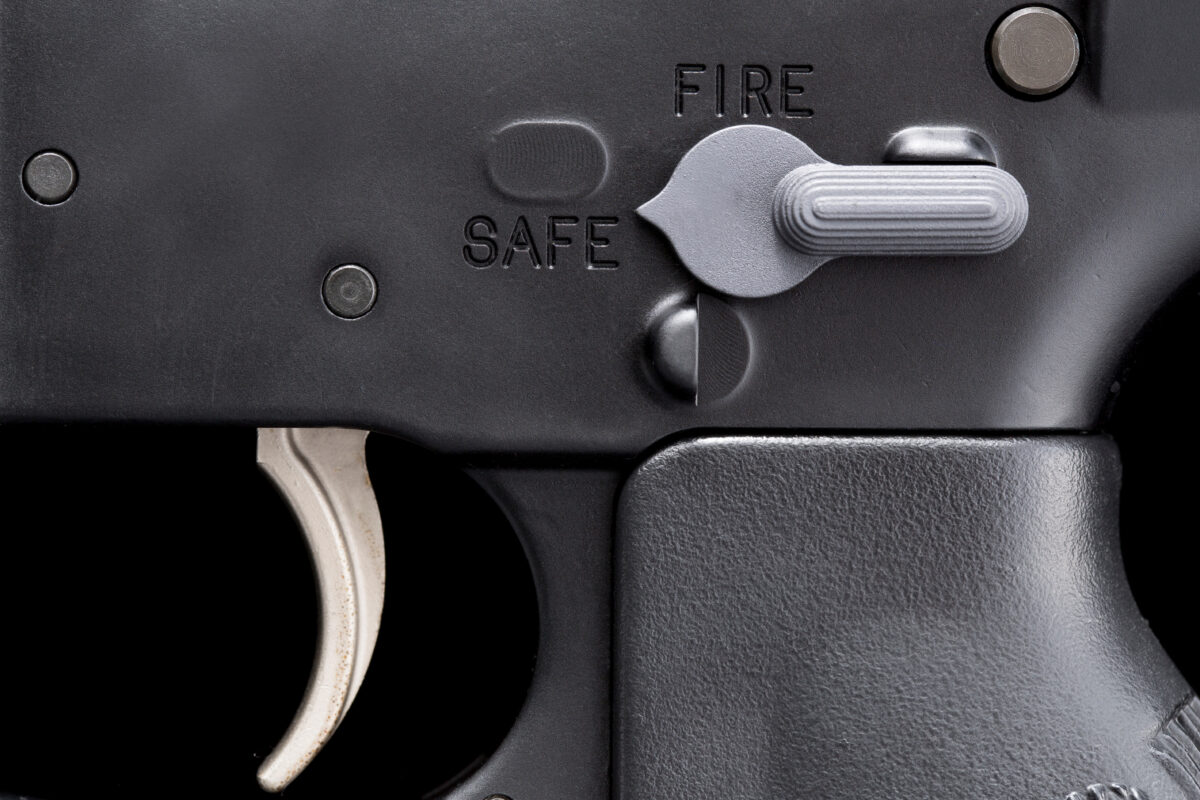
A lockdown at White Oaks Secondary School on Tuesday has triggered a lengthy discussion over Twitter about what the law has to say about firearm possession in Canada.
According to Halton Regional Police, White Oaks Secondary School was placed on lockdown after they received reports of an armed man on the premises. Several nearby schools were also placed under a “Hold and Secure” order, including Sheridan College.
“It is common during such incidents to place nearby schools into a Hold and Secure for the purpose of public safety,” says HRPS Media Relations Officer, Steve Elms.
Hold and Secure orders are usually requested by the police when there are potential safety concerns in the local area but not necessarily on the campus. They are also not as stringent as full lockdowns. During a Hold and Secure order, Sheridan students are asked to stay inside and avoid going outdoors. Once inside though, they may continue with their normal activities.
“Sheridan works closely with Halton Regional Police and Peel Regional Police to protect students,” says Sheridan Emergency Manager, Darby Pierson. “We provide police with information that assists them with preparing for, and responding to, a serious incident at Sheridan.”
The hold and secure order was lifted later in the afternoon when the police apprehended a 16-year-old male in possession of a replica handgun.
Constable Elms says the youth has since been charged with possession of a weapon for a dangerous purpose.
This spiked some debate on Twitter about what the law says about the possession and transportation of firearms. It also raises the question of how the law treats the possession of replica firearms and why.
“Every person commits an offence who carries or possesses a weapon, an imitation of a weapon, a prohibited device or any ammunition or prohibited ammunition for a purpose dangerous to the public peace or for the purpose of committing an offence,” reads section 88(1) of the Criminal Code.
In cases like these, the police treat replicas like any other potential firearm threat. Replicas are often indistinguishable from real guns and the perceived threat posed by a replica can cause as much public panic as a fake one. The consequences of falsely assuming a real threat are dwarfed by the consequences of falsely assuming a fake threat.
Replica firearms are classified as prohibited devices in the Criminal Code and have been since 1998. It is illegal to acquire or possess replicas, though there is an exception for replicas that were acquired before the law came into effect. Holders are not required to have a license for replicas.
The laws pertaining to the carry, transportation, and possession of firearms are complicated because the law has three different classifications of guns. Non-restricted, restricted, and prohibited firearms are each regulated with varying austerity.
Non-restricted firearms include most rifles and shotguns commonly used in hunting. Restricted firearms include some handguns, semi-automatic weapons, and anything with a barrel shorter than 470 millimetres. Prohibited firearms include most handguns, modified rifles and shot guns, and automatic firearms.
The police described the replica in possession of the youth as a handgun. As a minor, the police had good reason to think that the youth was in possession of a restricted firearm, without a license, in public. This poses a severe threat to public safety.
Students who are interested in the regulation of firearms in Canada may be interested in learning more at the RCMP’s website.
